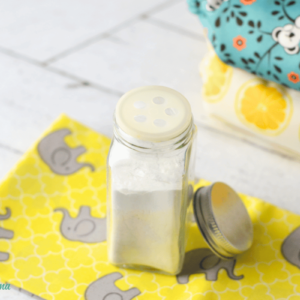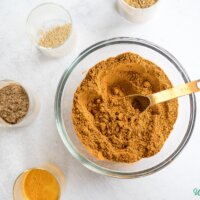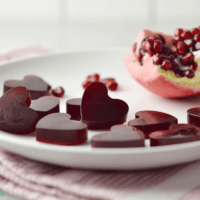Five surprisingly simple ways to optimise your diet
OU ACADEMIC ADVISER, SIMON REA, SENIOR LECTURER IN SPORT AND FITNESS SIMON REA When it comes to what you eat, there’s no shortage of advice. TikTok is overflowing with it… the low-carb diet, raw food, cabbage soup, cucumber bagel diet. And on and on. If you’re confused, it’s no wonder. So here’s… TITLE CARD: Five simple tips (you can trust) for healthy eating OK, this one is a bit of game changer. TEXT ON SCREEN: 1: IT’S NOT JUST WHAT YOU EAT, BUT WHEN If you eat a treat – say a slice of chocolate cake – it’s much better to eat it after a meal, than on its own. ACTOR: Why? It’s all about keeping glucose spikes under control. Whenever you eat carbs, or sweet things, the level of glucose in your blood rises. If it rises very quickly, and sharply, it will be followed by a crash. And that crash makes you feel tired, irritable… and hungry again. But there are ways to keep these spikes under control. Exercising after you eat is one. Eating foods higher in fibre – like vegetables or porridge oats – is another. But the order you eat your food matters too. If you’re having something carb-heavy – like white rice or pasta – eating fat, protein or vegetables before, flattens that glucose curve. A little bit of fish, meat, broccoli, an egg… anything like that would do. That’s because having something in your stomach first, slows down how quickly the carbohydrates reach the small intestine for digestion. And it’s the same for that slice of chocolate cake. TEXT ON SCREEN: 2. CALORIE COUNTING IS NOT VERY USEFUL ACTOR: Why? Well, for a start, it’s notoriously hard to do. Most people underestimate their calorie intake by about 25%. But also because not all calories behave in the same way, once inside your body. Foods in their natural state – like nuts, fruit, vegetables, and fish, or anything that’s not been processed – require more energy from the body to digest them. ACTOR: This is called the thermic effect of food. And means that things like nuts, which are high in calories, can still be a healthy option, as the body uses so much energy digesting them. TEXT ON SCREEN: 3. GIVE YOUR GUT MICROBIOME SOME LOVE In recent years, scientists have begun to understand the importance of what’s known as the gut microbiome. The gut microbiome is everything in the digestive tract. It’s a huge ecosystem that contains trillions of bacteria, fungi, viruses and cells. And it can weigh as much as 2 kilos. Research suggests the make-up of your gut microbiome could have really profound effects on your physical health, and potentially on your mental health too. For a healthy microbiome, and a healthy you, you should aim to eat a wide range of different foods. Seeds, fruit, vegetables, the yoghurt drink kefir and other fermented foods are particularly gut-friendly. TEXT ON SCREEN: 4. LIMIT ULTRA-PROCESSED FOODS (UPFs) In the UK, 57% of the calories we eat come from ultra-processed foods. And this figure is even higher for young children. Ultra-processed foods include, as you might expect, things like pizza, ready meals, biscuits. But also some quite surprising things, which tend to be thought of as healthy – like most supermarket bread, many breakfast cereals, and many milk and meat substitutes. UPF are not labelled. But a good a rule of thumb is to look for ingredients you don’t recognise… things you’d never have in your own kitchen. Like emulsifiers, sweeteners, colourings and preservatives. TEXT ON SCREEN: 5. PERSONALISED NUTRITION COULD BE THE FUTURE Another approach that’s the rise at the moment is that of personalised nutrition. And in 2014, two scientists¬,¬¬ Eran Segal and Eran Elinav, found some really surprising results from an experiment. The blood sugar levels in their sample group varied widely after people ate the same food. ACTIR: The explanation? Well, it could be back to the make-up of our unique gut microbiomes. The dream of personalised nutrition is that people would be able to tailor their food choices to the specific needs of their bodies. But nutritionists are keen to point out that some key messages still apply across the board. So, for a healthy diet, aim for foods which are close to their natural state… ACTOR: An orange instead of orange juice. Brown rice instead of white. Dark chocolate instead of milk chocolate. Aim for a wide variety of foods. Try not to eat too many ingredients you don’t recognise. And remember, you are what you eat. But when you eat matters too.





